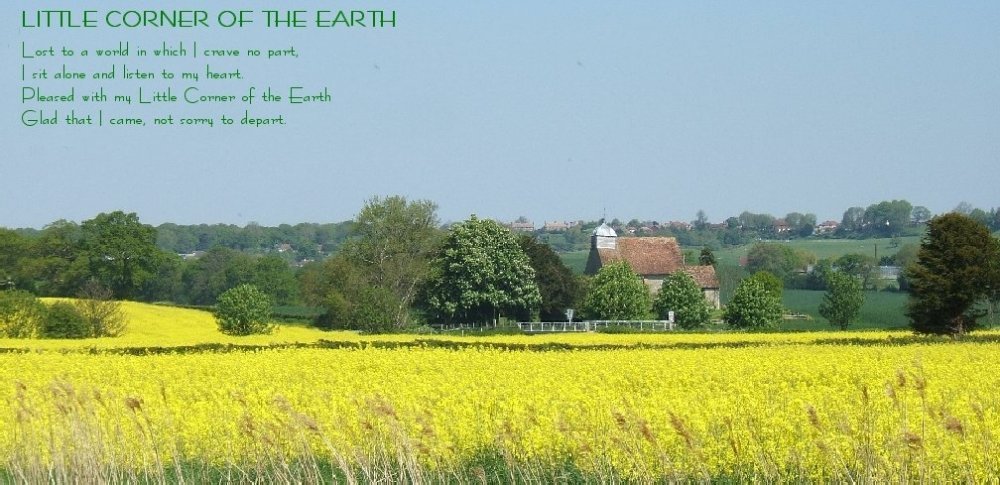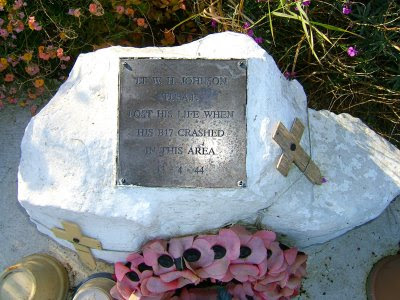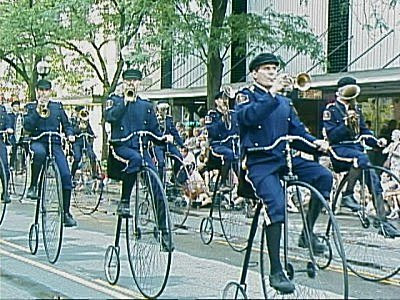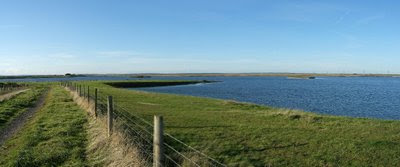
Have not blogged recently (although I have accessed many of yours).
Reason? My PC crashed catastrophically and since I was on Windows 2000 and the PC was as old as that I decided the time was ripe to get a new one.
So arrived home with a large box and multi-layer packing, from which I delved the new, matt black PC - there is no joy in any of this - it is just as much a tool to me as a bicycle pump.
So I now have the joy(?) of Vista (am I a masochist?). My scanner would not work on it, HP did not have a new driver and more or less told me to get a new scanner (or get stuffed) - so I did, but you bet it was not a Hewlitt Packard. My Canon printer worked with a readily available new driver, so it was a Canon scanner I bought.
Most of my programs seemed to load OK - I have even managed to get Office 97 Professional to work in Vista (which the PC shop said was impossible and "could they sell me the latest Office Suite".)
So.......having been staring, with frustration at a screen and frantic (and expensive) telephone calls to help lines , I have been heartily sick of PCs and the internet.
I did ask myself if I could manage without a PC, but decided not (although I managed to get through life for the previous 50 or so years without).
So..........that is the reason for absence - my sense of humour is gradually returning.





































